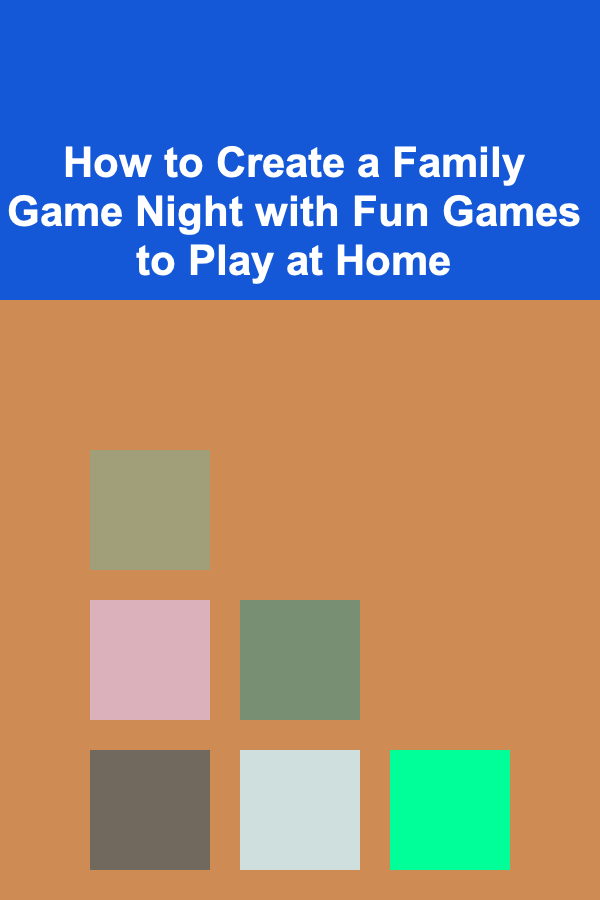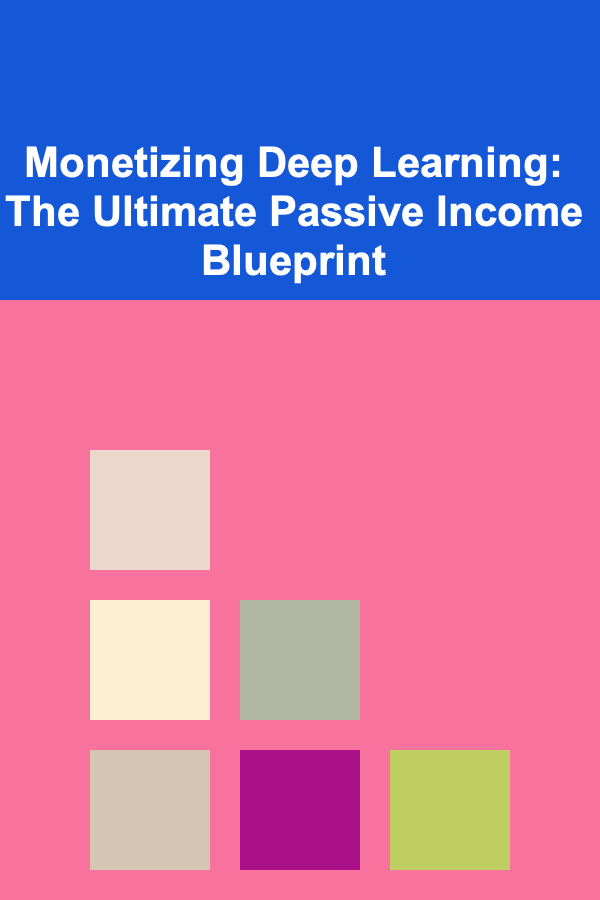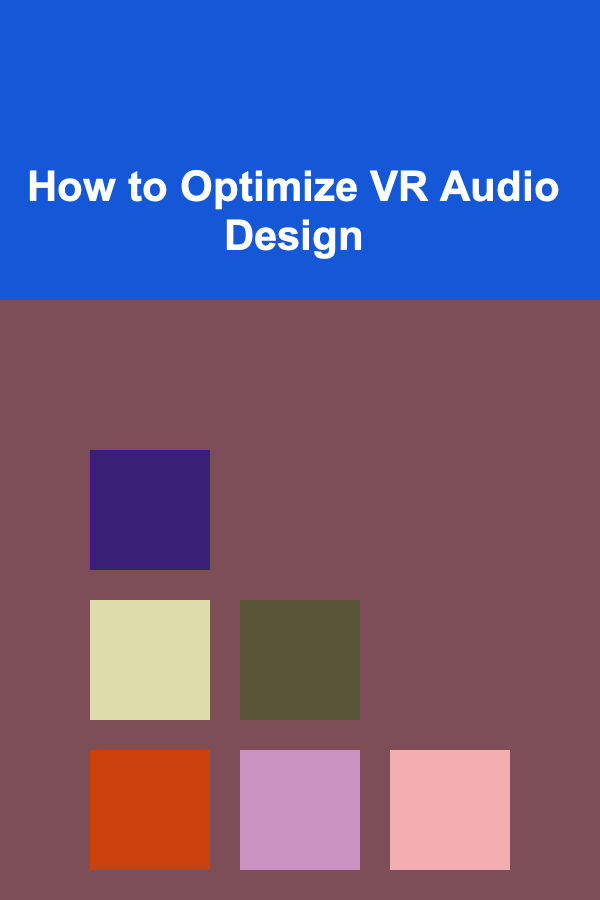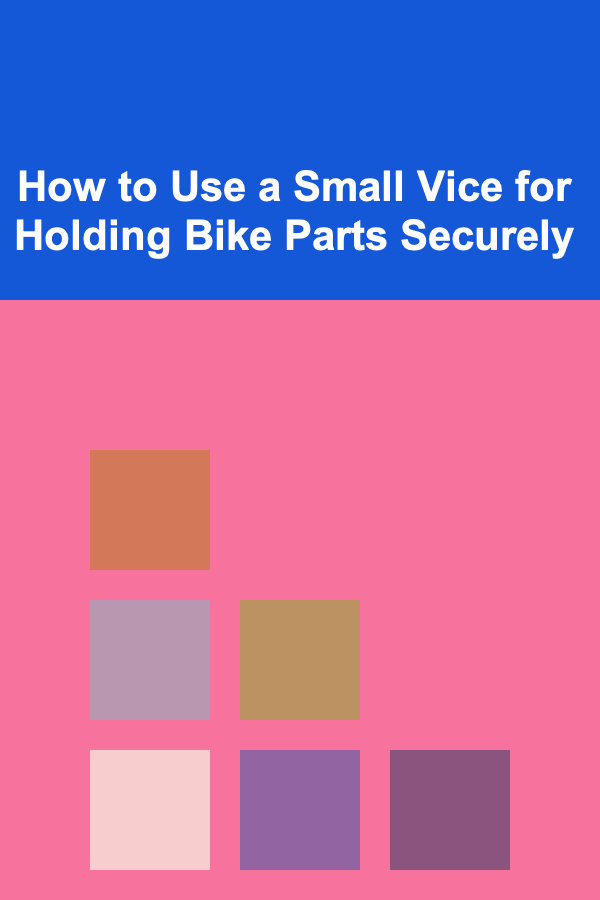
10 Tips for Overcoming Artist's Block
ebook include PDF & Audio bundle (Micro Guide)
$12.99$6.99
Limited Time Offer! Order within the next:
Not available at this time

Artist's block is a creative barrier that many artists, whether they are painters, writers, musicians, or other creators, experience at some point. It can feel frustrating, disheartening, and even paralyzing. But the good news is that artist's block is not an insurmountable obstacle. With the right strategies and mindset, it is possible to overcome this block and reconnect with your creativity.
In this article, we will explore 10 tips that can help you break free from artist's block, ignite your imagination, and reignite your passion for your craft. These techniques range from practical approaches to mental shifts that will help you rediscover your creative flow.
Accept the Block
One of the most important first steps in overcoming artist's block is to acknowledge and accept that you are experiencing it. Trying to push through the block without recognizing it can lead to frustration, stress, and feelings of inadequacy. It is essential to realize that artist's block is a natural part of the creative process. Even the most accomplished artists face moments when they struggle to create.
Instead of fighting the block, embrace it. Give yourself permission to take a break and understand that creativity can ebb and flow. This acceptance will allow you to avoid unnecessary pressure and allow your mind to rest before returning to your work.
Why Acceptance Works:
- Reduces Pressure: When you stop trying to force creativity, the stress that exacerbates the block fades.
- Emotional Release: Acknowledging your feelings of frustration can help release pent-up emotions, opening the path for inspiration to flow again.
- Perspective Shift: Recognizing the temporary nature of the block can help you shift your mindset and allow you to see this as a phase in the creative process.
Establish a Routine
Routines provide structure and consistency, which can be incredibly helpful when facing a creative block. Having a regular practice, whether it's a set time each day or a specific way of working, creates a sense of predictability that can make the act of creating feel less intimidating.
How to Create a Routine:
- Set Time Blocks: Dedicate specific times of the day to creative work. Whether it's 30 minutes or a few hours, consistency is key.
- Create a Ritual: Set up a ritual before you begin working, like lighting a candle, listening to music, or organizing your workspace. These rituals signal to your brain that it's time to get creative.
- Stick to a Schedule: Even if you don't feel inspired, follow your routine. Sometimes, just showing up is the hardest part. The act of working consistently can spark creativity over time.
Benefits of Establishing a Routine:
- Consistency: Creativity often thrives when given regular attention.
- Comfort: Routines can help you feel more comfortable in your creative space, reducing the anxiety of trying to "find inspiration."
- Momentum: Once you start, it's easier to maintain momentum and keep the creative process flowing.
Experiment with New Mediums or Techniques
One of the main reasons artists experience a creative block is because they feel stuck in their usual ways of creating. Repeating the same techniques, styles, or mediums can become monotonous, leading to a lack of inspiration. A great way to break out of this rut is to experiment with new tools, styles, or mediums.
Ideas for Experimentation:
- Try a New Medium: If you are a painter, try drawing or working with digital tools. If you're a writer, experiment with poetry or short stories. A change of medium can spark new ideas and help you see things from a fresh perspective.
- Use Different Materials: Experiment with different brushes, paints, or textures. This tactile change can inspire new ways of thinking.
- Change Your Environment: Working in a new location, whether it's a park, a café, or even a different room in your home, can trigger new ideas by changing the visual and sensory inputs around you.
Why This Helps:
- Stimulates the Brain: Trying new things keeps your mind active and open to creative possibilities.
- Increases Curiosity: The process of learning new techniques or styles can reignite your excitement for the creative process.
- Encourages Play: Creativity thrives when it's playful. Allow yourself to experiment without the pressure of achieving a specific outcome.
Set Small, Achievable Goals
When faced with artist's block, large projects can seem overwhelming and daunting. Instead of focusing on completing an entire piece or project, break your work into small, achievable goals. This method reduces pressure and allows you to focus on the process, rather than the final outcome.
How to Set Small Goals:
- Start with Simple Tasks: Focus on easy, quick tasks to build momentum. For example, instead of aiming to finish a full painting, set a goal to complete the background or a specific section.
- Create a Checklist: Write down small steps for your project, and tick them off as you complete each one. This sense of accomplishment will motivate you to keep going.
- Focus on Progress, Not Perfection: Understand that not every step has to be perfect. Celebrate small victories and use them as fuel to continue creating.
The Power of Small Goals:
- Builds Confidence: Completing small tasks provides a sense of accomplishment and boosts your confidence.
- Reduces Overwhelm: Breaking down large tasks into smaller parts makes the work seem less daunting.
- Maintains Momentum: Completing small goals creates a snowball effect, where you feel driven to keep progressing.
Take a Break
Sometimes, the best way to overcome artist's block is to step away from your work completely. Taking breaks allows you to recharge and gives your mind a chance to process ideas without actively forcing creativity.
How to Take a Break:
- Go for a Walk: Take a walk outside to clear your head and engage with the world around you. Physical movement can help stimulate new ideas.
- Engage in a Different Creative Activity: Do something unrelated to your primary art form, like cooking, knitting, or playing an instrument. These activities can provide a creative outlet without pressure.
- Relax and Rest: Sometimes, simply resting or engaging in mindfulness activities like meditation or yoga can reset your mental state.
Why Taking Breaks Works:
- Restores Energy: Taking breaks prevents burnout and allows you to return to your work with fresh eyes and a rejuvenated mind.
- Encourages New Perspectives: Stepping away from your work can help you approach it from a new angle when you return.
- Reduces Stress: Pressure can stifle creativity. Taking a break helps reduce stress and allows you to work more efficiently when you resume.
Seek Inspiration from Others
When you're stuck, sometimes looking at the work of other artists can provide the spark you need. Inspiration from others can show you new perspectives, techniques, and ideas that you can incorporate into your own work.
How to Find Inspiration:
- Visit Art Galleries: Exploring art in person can be incredibly inspiring. Seeing different styles and techniques can give you ideas for your own projects.
- Watch Documentaries or Read Books: Learning about the lives and creative processes of other artists can provide insight into how they overcame their own challenges.
- Collaborate with Others: Engaging in collaborative projects with other artists can help you break free from your block and see things in a new light.
The Benefits of Seeking Inspiration:
- Broadens Your Perspective: Exposure to new ideas can help you expand your own creative boundaries.
- Fosters Community: Connecting with other creatives can provide support and encouragement during tough times.
- Motivates You: Seeing others' work and achievements can reignite your passion and motivate you to push through your block.
Use Prompts or Challenges
Creative prompts and challenges can provide a structured way to jumpstart your creativity. These exercises can help you think outside the box and break free from your usual patterns.
Examples of Prompts and Challenges:
- Drawing or Writing Prompts: Websites like Reddit and Pinterest offer daily or weekly prompts that can inspire you to create something new and different.
- 30-Day Challenges: Participate in a creative challenge, such as "Inktober" (for illustrators) or "NaNoWriMo" (for writers), where you commit to creating something every day.
- Random Word Generator: Use a random word generator to come up with ideas and force yourself to create something based on that word.
Why Prompts Help:
- Encourages Creativity: Prompts challenge you to think outside of your comfort zone and approach your art in new ways.
- Builds Discipline: Creative challenges encourage consistency, which can help you push through your block.
- Makes the Process Fun: Having a fun, low-pressure goal can help alleviate the stress that often accompanies artist's block.
Journal Your Thoughts and Feelings
Journaling is a therapeutic activity that can help you process your emotions and clear your mind. Writing down your thoughts about the block can uncover underlying causes, such as fear of failure, perfectionism, or self-doubt. Understanding these emotions can help you address them and move past the block.
How to Journal:
- Write About Your Block: Write freely about your experience with the creative block, what it feels like, and how it is affecting you.
- Explore Your Creative History: Reflect on past creative successes and failures. What did you learn from those experiences? How did you overcome obstacles before?
- Set Creative Intentions: Use journaling to set goals for your creative journey and remind yourself why you create in the first place.
Why Journaling Helps:
- Clarifies Thoughts: Writing helps you untangle your thoughts and emotions, leading to better self-understanding.
- Promotes Emotional Healing: Expressing your feelings can alleviate stress and help you release negative emotions that might be hindering your creativity.
- Offers Perspective: Journaling can help you see the bigger picture and recognize patterns or habits that contribute to the block.
Challenge Perfectionism
Perfectionism is a common culprit behind artist's block. When you constantly strive for perfection, it can prevent you from creating freely. To overcome this, embrace the idea that mistakes are part of the creative process and that not every piece of work needs to be flawless.
How to Overcome Perfectionism:
- Embrace Imperfection: Allow yourself to create without the pressure of making everything perfect. Recognize that mistakes often lead to new and unexpected discoveries.
- Create Without Judgment: Set aside time for free, non-judgmental creation. Don't worry about the final result---just focus on the process.
- Give Yourself Permission to Fail: Understand that not every project will be a masterpiece, and that's okay. Every failure is an opportunity for growth.
Why Letting Go of Perfectionism Helps:
- Frees Creativity: Removing the pressure to be perfect allows your creativity to flow more freely.
- Reduces Fear: When you stop fearing mistakes, you're more likely to take risks and experiment with new ideas.
- Encourages Growth: Imperfection leads to learning, evolution, and improvement in your craft.
Focus on the Process, Not the Outcome
Lastly, remember to focus on the process of creating rather than the final outcome. When you're experiencing a block, it can be tempting to focus solely on completing a project or creating something "great." Instead, shift your attention to enjoying the act of creation, regardless of the result.
How to Focus on the Process:
- Enjoy the Journey: Immerse yourself in the act of creating without thinking about the end product.
- Allow Spontaneity: Don't force yourself to stick to a rigid plan. Let the creative process unfold naturally.
- Celebrate Small Wins: Appreciate the small moments of progress and creativity, even if they don't lead to a finished piece.
The Power of Process-Oriented Creation:
- Reduces Anxiety: Focusing on the process helps remove the anxiety about the end result.
- Fosters Flow: When you let go of expectations, you enter a state of creative flow, where ideas and inspiration come more easily.
- Enhances Enjoyment: Enjoying the process makes creating more fulfilling and less stressful.
Conclusion
Artist's block is a challenge that every creative person faces at some point. However, with the right mindset and strategies, you can break free from this block and reconnect with your creativity. The 10 tips outlined above---from accepting the block to focusing on the process---will help you navigate this frustrating experience and reignite your passion for creating.
Remember, creativity is not a linear journey. There will be ups and downs, but each phase contributes to your growth as an artist. Stay patient with yourself, and trust that the creative flow will return when you give yourself the time and space to heal, experiment, and explore.

How to Create a Family Game Night with Fun Games to Play at Home
Read More
How To Understand the Forgetting Curve and How to Beat It
Read More
Monetizing Deep Learning: The Ultimate Passive Income Blueprint
Read More
The Art of Attention: How to Stand Out by Being Present
Read More
How to Optimize VR Audio Design
Read More
How to Use a Small Vice for Holding Bike Parts Securely
Read MoreOther Products

How to Create a Family Game Night with Fun Games to Play at Home
Read More
How To Understand the Forgetting Curve and How to Beat It
Read More
Monetizing Deep Learning: The Ultimate Passive Income Blueprint
Read More
The Art of Attention: How to Stand Out by Being Present
Read More
How to Optimize VR Audio Design
Read More